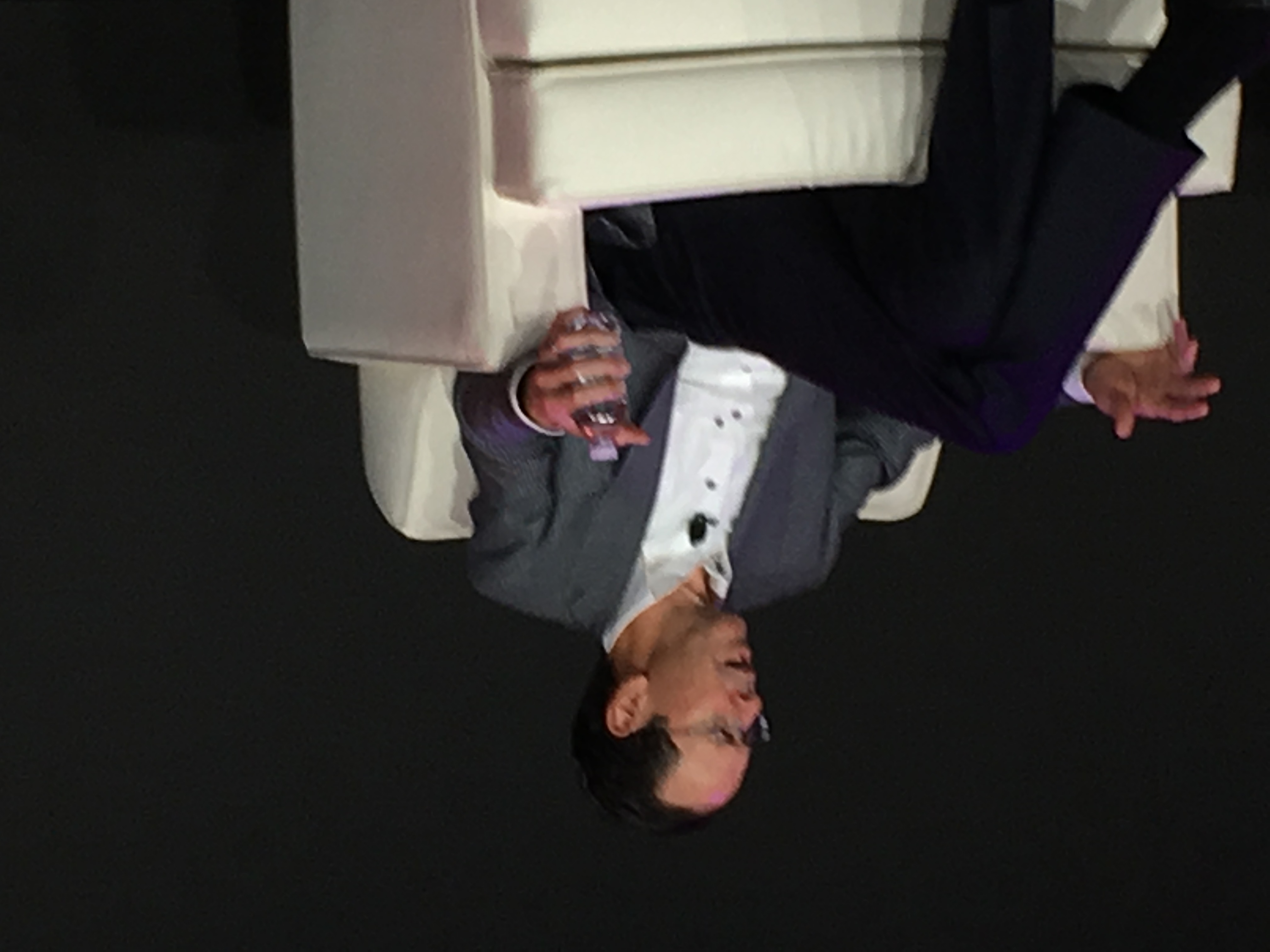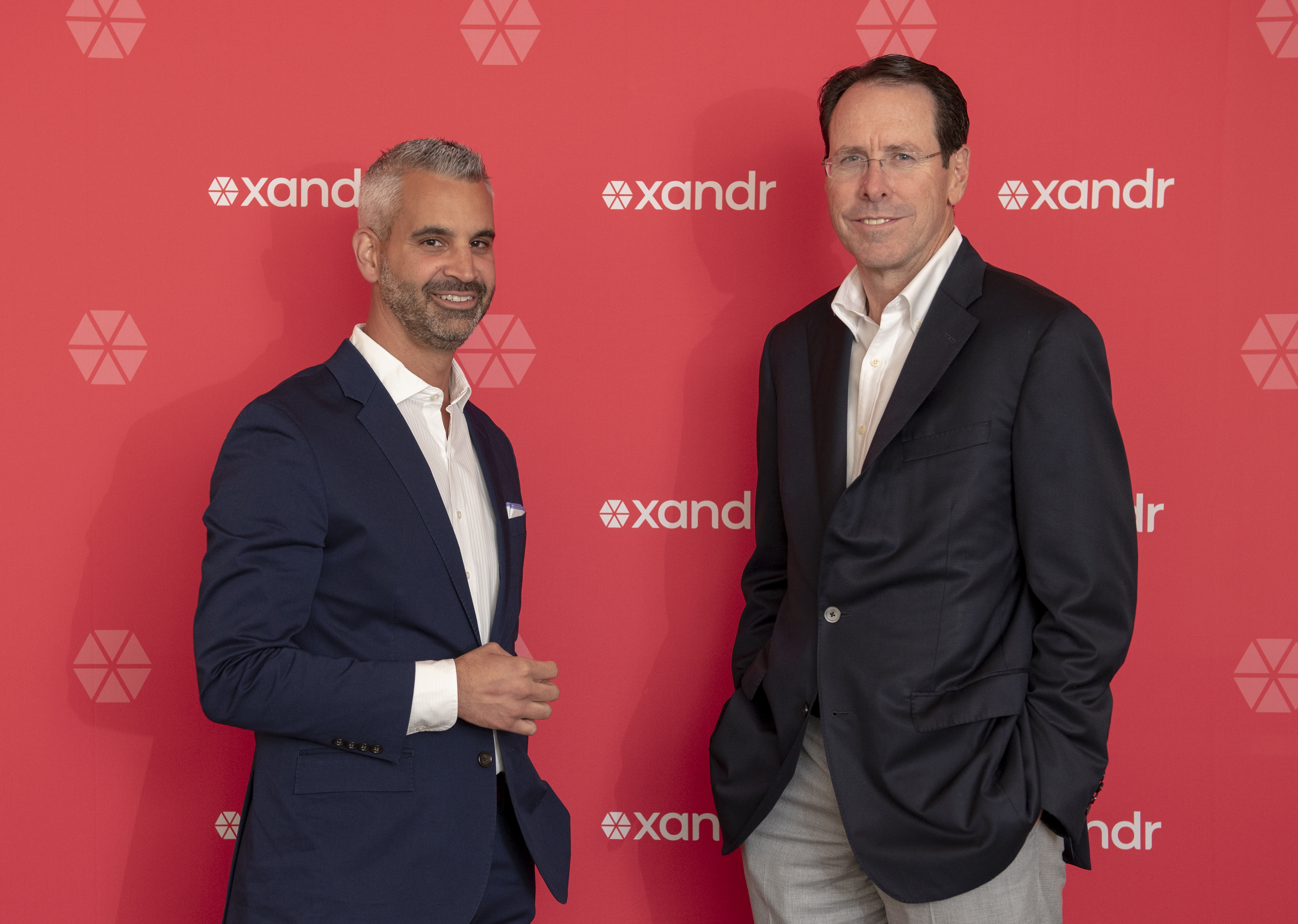AT&T Sees Turner Selling Addressable Ads in 2019

AT&T, which is planning to marry its wealth of customer data with Turner’s premium video content, expects Turner to be selling addressable advertising in 2019.

Speaking at the UBS Global Media and Communications conference on Tuesday, CEO Randall Stephenson noted that by using addressable technology, ad revenue for AT&T’s Xandr unit was up 22% in the third quarter, despite a drop in inventory due to subscriber losses at DirecTV, another AT&T unit.
Related: AT&T Aims to Create More Content, Sell Better Ads
“That’s an amazing phenomenon and it’s given us a lot of conviction that when you look at Turner,” Randall Stephenson said. “Turner has a massive inventory of advertising. Can you begin to get targeted in the Turner inventory like you are in the DirecTV inventory?”
Related: AT&T Rings Bell on Xandr, New Name for Ad Business

Stephenson said it will start to happen soon.
“It’s going to take a while to get the technology built,” he said. “ll the automation in 2019 and hopefully you’ll start to see some of those results in 2019.”
The smarter way to stay on top of broadcasting and cable industry. Sign up below
Compared to DirecTV, which has an ad revenue stream of between $1.5 billion and $2 billion, Turner has $4 billion in a inventory.
The technology is coming. Shortly after acquiring Turner, AT&T also bought ad exchange AppNexus, Stephenson noted.
“This has to be automated. You have to have programmatic capabilities where advertisers can go in and programmatically design an advertising campaign and place advertising and-so fourth into a marketplace where sellers and advertisers and buyers and advertisers come together,” he said.
AppNexus has a buy side and sell site platforms for digital ads and is designing a platform for buying and selling TV advertising.
“We’re investing heavily in getting this ready to put to work for the Turner inventory. This will take, to get this really scaled, a couple years,” Stephenson said.
"This is really important because what advertisers have said is that they love the digital advertising platforms because they’re so targeted, because they are addressable, because you can design campaigns and have feedback loops on campaigns,” he said. “But advertisers also say we like the premium video side. We like attaching our brands to premium video side. It’s just not as efficient and it doesn’t work as well as that digital stuff.”
Jon has been business editor of Broadcasting+Cable since 2010. He focuses on revenue-generating activities, including advertising and distribution, as well as executive intrigue and merger and acquisition activity. Just about any story is fair game, if a dollar sign can make its way into the article. Before B+C, Jon covered the industry for TVWeek, Cable World, Electronic Media, Advertising Age and The New York Post. A native New Yorker, Jon is hiding in plain sight in the suburbs of Chicago.

